High Peaks Pure Earth has translated a blogpost by Woeser that was originally written for broadcast on Radio Free Asia on January 29, 2011 and posted on her blog on February 17, 2011.
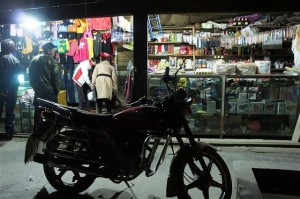
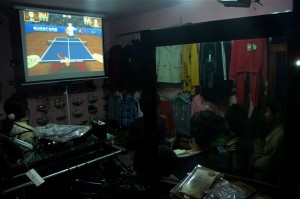
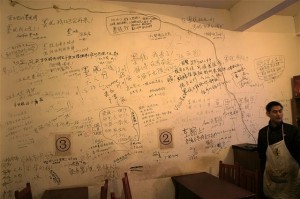
One month ago, all of China’s main media focused on southern Tibet, solemnly reporting that the Metok highway tunnel had been opened, announcing that “the history of generations of Metok people being cut off by the vast snow-capped mountains is finally over”. Indeed, we have always known that Metok was the only county not accessible by highway; yet, more importantly, we have always known that Metok was never a deserted area, in fact, it has always been a very extraordinary place, both in terms of religious significance and natural resources.
However, over 90 years ago, the Qing Dynasty official, Zhao Erfeng, with his red peacock feather hat, led his army into Tibetan territory and instigated a bloody massacre. The general working under him, Chen Liangzhen, who was later endlessly praised by the Chinese literati, came to realise the rich and fertile products of southern Tibet, but he collectively called all the inhabitants of the area “barbarians”; in his diary titled “Memoirs of My Trip to the Tibetan Plateau” he wrote: “When I first went to Tibet, I thought all Tibetans were simply ‘barbarians’. However, after living there for a while I realised that Tibetan barbarians are more civilised than ordinary barbarians.” And the place where the so-called “barbarians” lived, was the Pema Kong − Metok.
So, is today’s Metok still inhabited by “barbarians”? Since it was not accessible by highway, doesn’t that mean that compared to other places in Tibet, its Sinicisation process happened at a much slower pace? I have always wanted to visit Metok because of the deep religious association with Padmasambhava, and because of the many historical sites left behind by great individuals representing a spiritual oasis of comfort for many pilgrims. But travelling there was always inconvenient with many bloodthirsty leeches along the route, which left me in a state of hesitation. I thought many people would think similarly, that in this way the place would remain a kind of untouched and natural pure land. By saying natural I of course include the indigenous people living there.
A Chinese military reporter recorded the opening of the Metok Highway with photos and text on his blog and on Twitter. I came to understand that my initial imaginations of the place are no longer true. After the opening of the highway, some issues could be observed which are likely to increase in the future: as more and more people move to Metok, more and more natural resources will be taken away from Metok. Those “barbarians” who were once a nuisance to the invaders many years ago, are now turning into stage props to spice up the travel experience of all the tourists that will be flocking in; freely displaying their bodies draped in animal skin, the feathers pinned to their heads, singing and dancing in a rather “barbarian” fashion, they look more like rare domesticated animals living in a zoo.
About his experiences in Metok, this journalist wrote: “On the Tramok highway 80K there is a restaurant. It is the largest hub for commodity exchange. The small restaurant, opened by people from Sichuan, has a big sign outside, reading ‘Grand Canyon Restaurant'”, “a local party official explained that today, in the whole of Metok we already find over 200 shops”, “they have even opened a karaoke hall, which, despite the fact that it looks simple and crude, has a large sign saying ‘Made in Heaven'”, “The wall of the Deyang Restaurant in the Metok county town is full of messages left by travellers. Another Sichuan restaurant called ‘Seafood Restaurant’ has already become a stronghold on the walking routes of Metok”. And so on and so forth.
I asked the journalist on Twitter whether those over 200 shops were opened by local people or by people who had moved there. He replied that they were mainly run by people from Sichuan. This is exactly what I had expected. Not only was Lhasa many years ago referred to as Chengdu’s backyard garden or clone city, also the Nyingtri Region’s capital city, Bayi Town (literally meaning 8-1-Town), to which Metok belongs, was many years ago described as not referring to 8 Han Chinese and 1 Tibetan, but to 80 Han Chinese and 1 Tibetan. There is another widespread joke; there was a tourist who set out to venture into the unknown to explore Metok, but the result was that he was laughed at, people said that there was nothing to explore in Metok, some “young ladies” had already gone in there long time ago to open businesses.
The system of “Liuguan”, which was promoted through the bloody massacre instigated by Zhao Erfeng wreaked havoc in the eastern Kham area of Tibet; fortunately, their closing in on central Tibet was brought to an early end with the outbreak of the 1911 Xinhai Revolution in China. But later on, the undertaking was completed by the Communist Party instead. Now, the national excitement triggered by the “Opening Up of Metok” brims over with a flavour that is repeatedly and commonly conveyed through words and found in various history or scientific books. It is a flavour of colonialists setting foot on new land, impatiently waiting to catch the big fish. What we will inevitably see in the future is that the “Opening Up of Metok” means the extermination of Metok. But for now, it is enough to say that with the endless stream of people moving into the area, the once “barbarian” indigenous inhabitants will soon be tamed.
Beijing, January 29, 2011

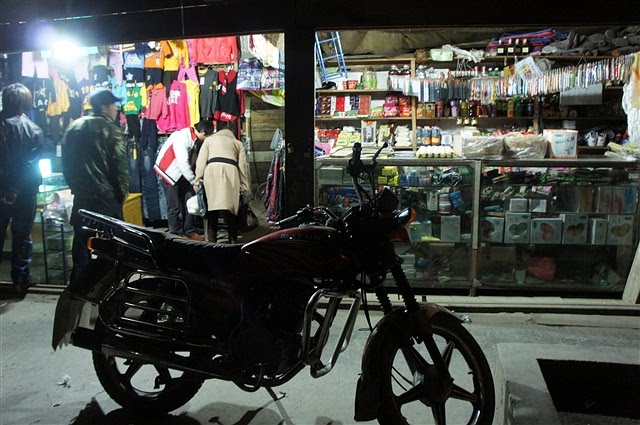


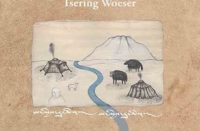
This is a bleak reminder of just how urgent the preservation of Tibet really is. Even is in my lifetime, the central Tibetan regions became liberated from Chinese rule, how could we restore what has been lost? How many sacred places outside of the TAR in what China calls Qinghai and Sichuan (but rightfully Kham and Amdo) will be lost to us forever. Raped of all resources and cultural heritage by the Han migrants thirst for quick $$$. The saddest thing is that these days Tibet is being systematically destroyed by we Tibetans ourselves. The Chinese hardly even need to put any effort into eliminating our culture by their own hands anymore. We more than willingly do it ourselves whenever we blindly chase after selfish short term gains, dumbly pandering before another false promise of China's "economic miracle" or even (believe it or not) a promise of equality with the Han Chinese. How did we become so small, so gullible, so ashamed of our skin colour, our language, and our so-called "backwardness".